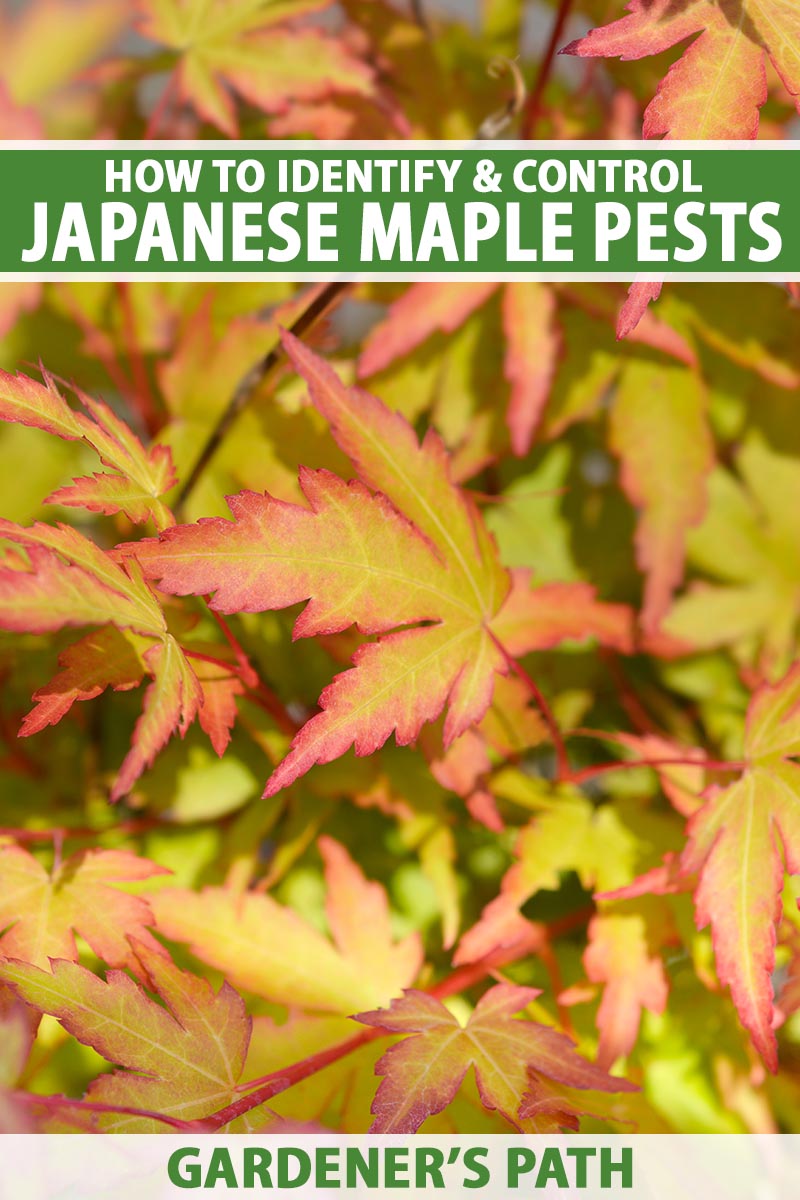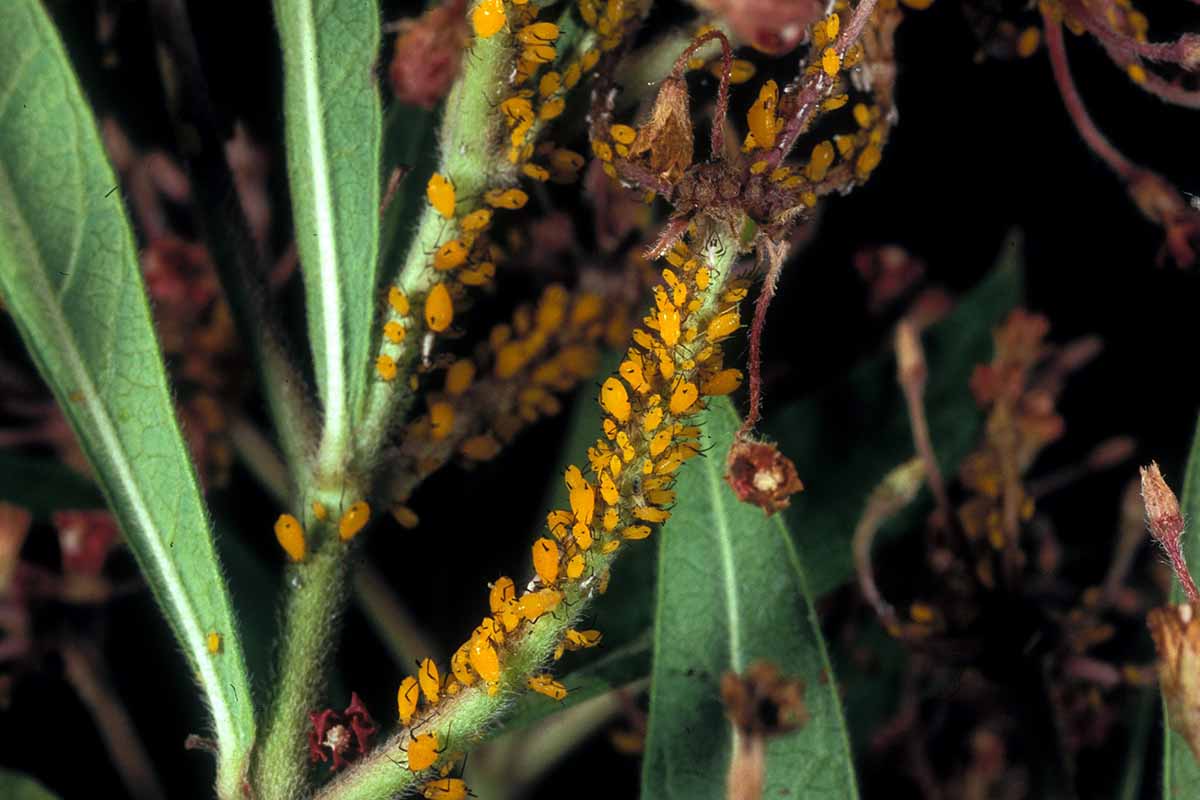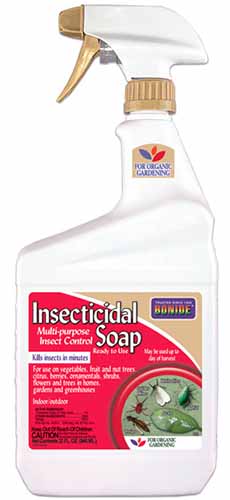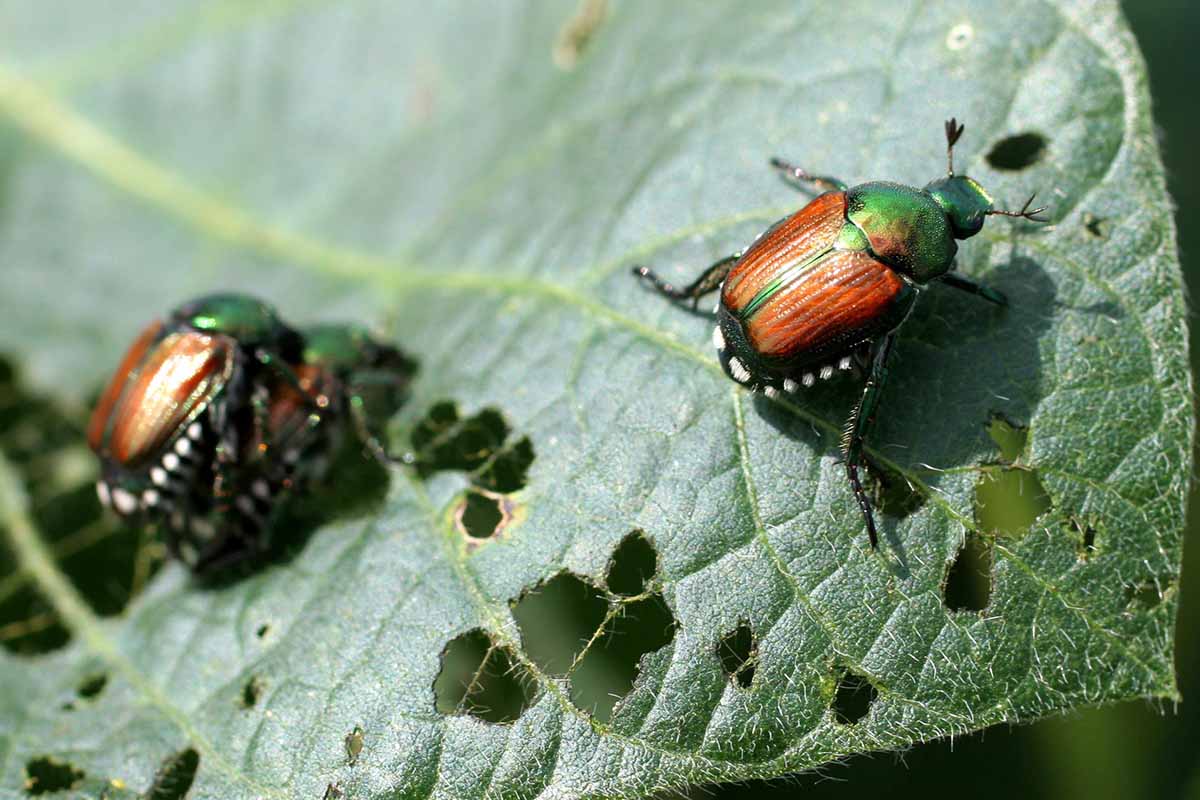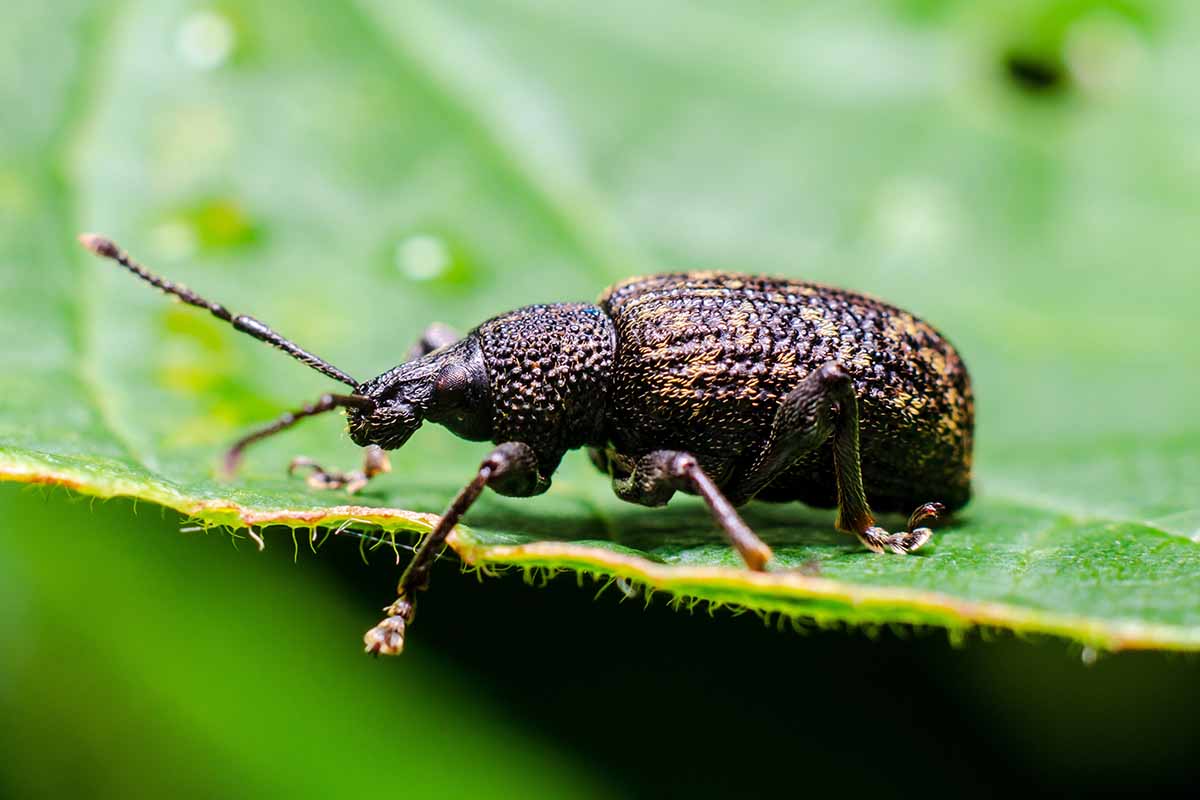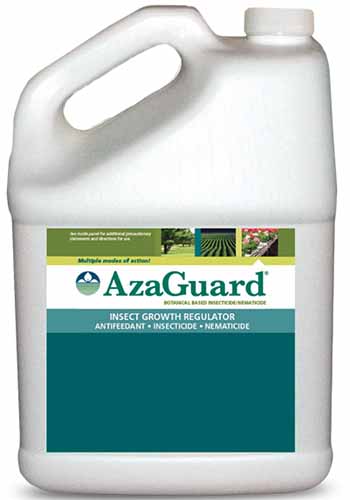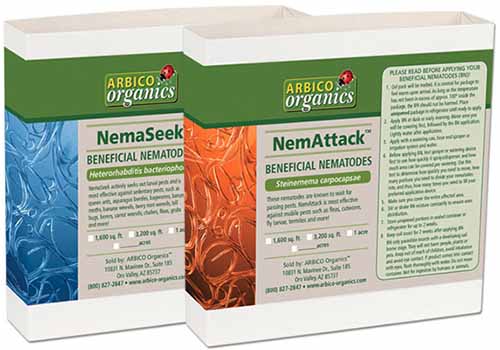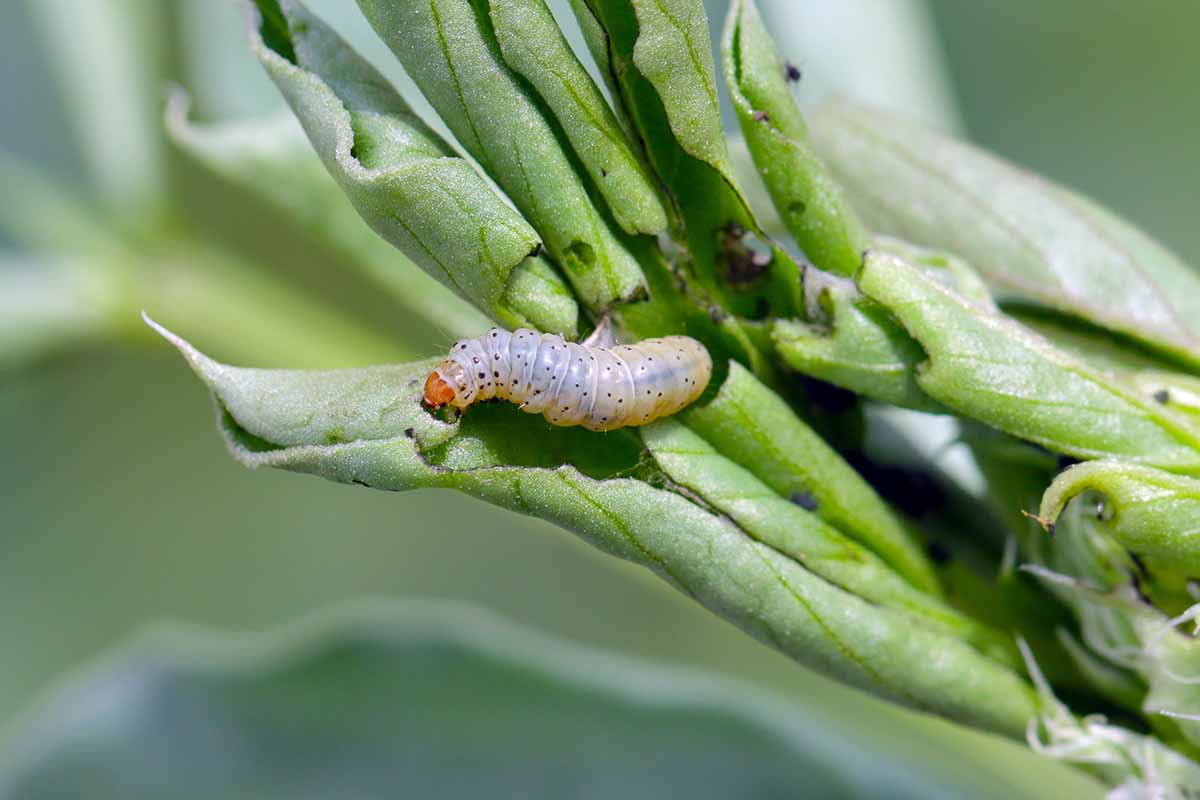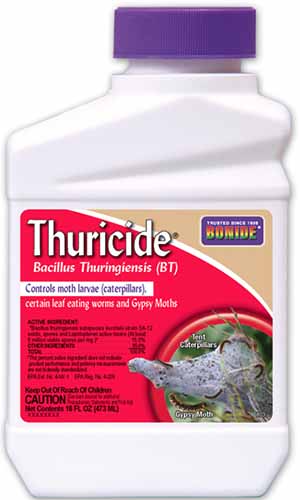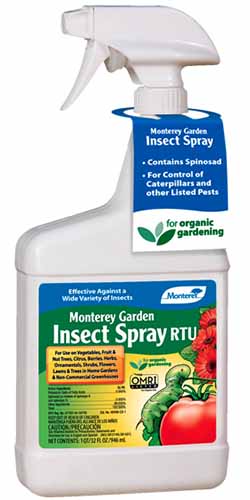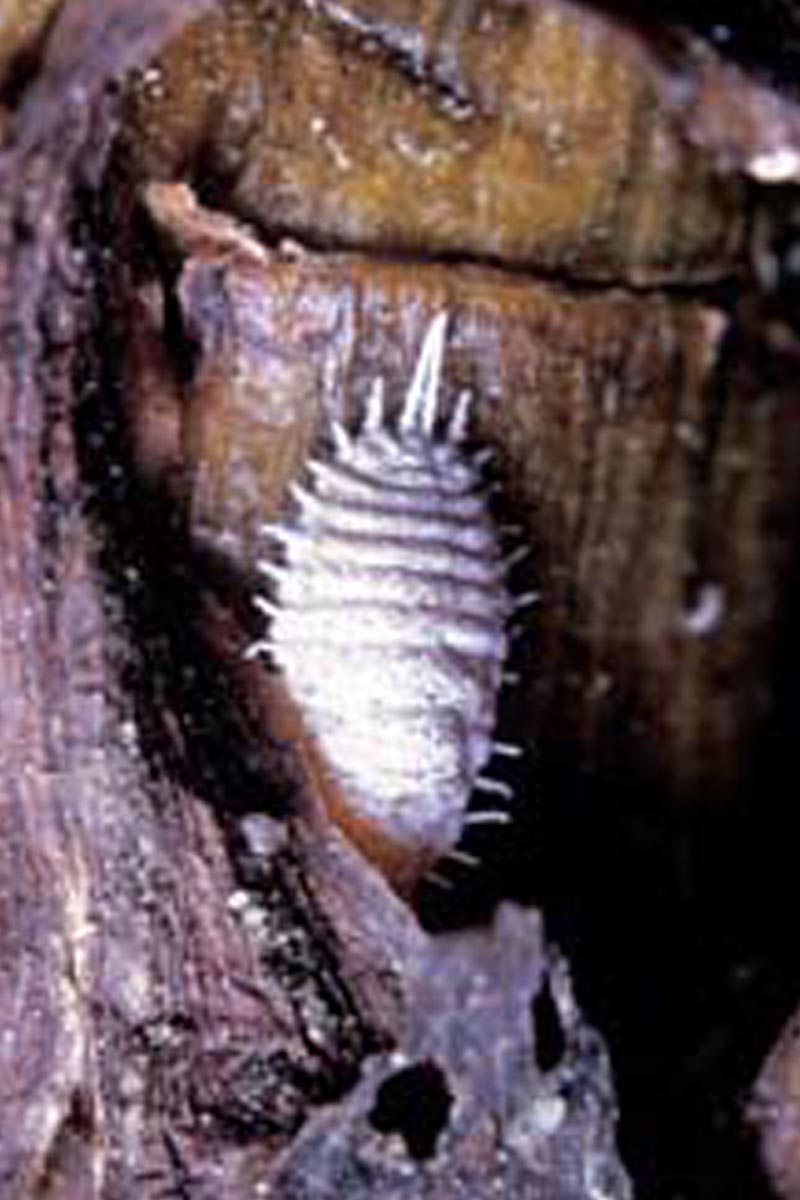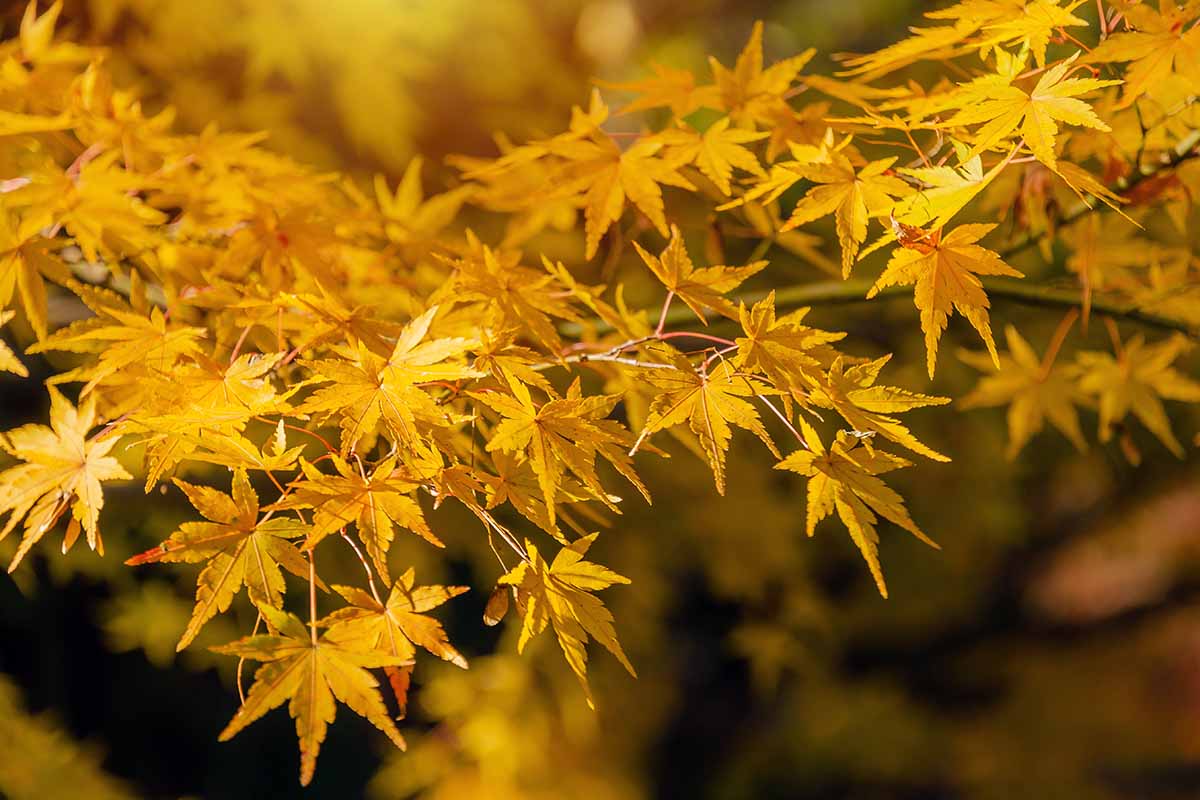So it’s extra disappointing when they’re plagued by pests. We link to vendors to help you find relevant products. If you buy from one of our links, we may earn a commission. The few years when I did live in a region with a climate they were able to withstand, I would drool over each one that I saw, happily thriving in yards and botanical gardens. But I did also notice I wasn’t the only creature that was attracted to these trees… A variety of insects can be found hanging around from time to time, but they tend to do more than just admire the foliage. Luckily, we’ve got everything you need to know about what types of pests might attack your Japanese maples, including details on how you can deal with them! Here’s what we’ll cover:
1. Aphids
Aphids are always at the top of the list of pests that you can find on nearly any plant. These pretty trees are no different, and a variety of aphid species love to hang out and suck on them. Aphids are soft-bodied insects with two visible tailpipes, and they may be seen in a range of colors. Most exhibit shades of brown or green. They’re quick to reproduce, and able to do so even if males aren’t present. They might look slow and defenseless, but if populations grow significantly, winged adults are produced to facilitate further spread, and ants will tend them to keep predators away in exchange for the honeydew they produce. The damage they cause is mainly aesthetic, as their feeding may lead to leaf curling, and the honeydew they exude attracts a black sooty mold that doesn’t add to the feathery beauty of this easily recognizable tree. Constant feeding can also weaken plants. Ladybugs, parasitic wasps, and lacewings all attack aphids, and local populations of these beneficial insects can be preserved by avoiding chemical pesticides. Japanese beetles are oval-shaped insects that are very easy to identify, thanks to their metallic rust and green colors, with white hair tufts lining the sides of their abdomens. Insecticidal soaps or horticultural oil sprays can also help if beneficial insects or cold showers don’t seem to be doing the trick. Bonide Insecticidal Soap Bonide Insecticidal Soap, available at Arbico Organics, is a product that works well. These types of products do require good coverage to be effective and repeat applications are often necessary.
2. Beetles
Japanese beetles (Popillia japonica), granulate ambrosia beetles (Xylosandrus crassiusculus), and vine weevils (Otiorhynchus sulcatus) are all types of beetles that might attack these delicate, attractive maples. They chew on the leaves and can completely skeletonize them. If there is enough damage the leaves can turn brown and drop, and the tree is subsequently weakened. Granulate ambrosia beetles (formerly known as Asian ambrosia beetles), are small red-brown borers with hunched backs. They are attracted to already weakened trees and they bore into thin bark, leaving pencil-lead-sized holes behind. Sometimes you’ll see strands of boring dust – as if the tree just squeezed a pimple – protruding from the plant as well. Not only do the females excavate tunnels in the wood to lay their eggs inside, but they also transmit ambrosia fungi, and create excellent entry points for other pathogens as well. Vine weevils are small black beetles with the typical snout nose of these insects and indented elytra (wing covers). They chew through the foliage, creating holes in the middle and around the edges of leaves. Beetle larvae are hard to target, and each of three types described above remain hidden in the soil or in the wood of infested trees. AzaGuard Apply pesticides at the first sign of feeding damage, targeting the adults. AzaGuard, available at Arbico Organics can be applied to the plant surfaces for the beetles to ingest as they feed, poisoning them. For vine weevils and Japanese beetles, whose larvae live in the soil, beneficial nematodes can be applied as a soil drench. NemAttack and NemaSeek Combo packs of Steinernema carpocapsae and Heterohabditis bacteriophora are available at Arbico Organics. Simply mix with water according to package instructions and apply to the soil around your tree. For controlling ambrosia beetles, keeping the tree as healthy as possible is the easiest way to prevent damage. Pyrethroids can be applied while the beetles are active. PyGanic Gardening Insecticide Try PyGanic, available at Arbico Organics, if you don’t want to use synthetic pyrethroids and your tree is too weak to deal with any additional damage from these pests.
3. Caterpillars
A variety of caterpillars are attracted to Japanese maples, including leafrollers. Other indications that you might be dealing with caterpillars include white webbing and chunky droppings known as frass, and in the case of leaf rollers, curled leaves. They are especially attracted to splits in the bark and other wounds, and they suck the sap of the tree when they feed. Like aphids, they also excrete honeydew. You can choose to handpick any butterfly or moth larvae that you see, or apply a Bacillus thuringiensis product to manage infestations. Bonide Thuricide Try Bonide Thuricide, available at Arbico Organics. The caterpillars need to chow down on leaves covered in it in order for the product to work, so apply it to all leaf surfaces. It will take a few days before they begin to die off. Monterey Garden Insect Spray You can also try a spinosad product such as Monterey Garden Insect Spray, available at Arbico Organics.
4. Mealybugs
Mealybugs are light gray to white insects, often covered in powdery white wax. They have filaments along the edge of their bodies, and some even have tails. If there are a lot of them feeding in one area, they can cause galls to form. So between the insects themselves, the galls, and the sooty mold that can grow on the honeydew they excrete, mealybugs are not a welcome sight. Predators such as ladybugs and parasitic wasps can provide good control. Spray a strong stream of water to wash these slow crawlers off the tree. You can also try insecticidal soaps and horticultural oils, but the insects’ waxy coating helps protect them against such products.
5. Scale Insects
Cottony maple scale (Pulvinaria innumerabilis), horse chestnut scale (Pulvinaria regalis), and Japanese maple scale (Lopholeucaspis japonica) are three species of these common pests that you might find on your tree. Cottony maple scale and horse chestnut scale are similar in appearance – small, flat, and brown. These insects often go undetected until the females deposit their fluffy white ovisacs on the tree branches. Scale insects are usually just an ugly presence, but if there are significant numbers of them sucking on your tree, the leaves may turn yellow or die, and branches may die back. Heavy, consistent feeding can kill weak trees. And these pests also produce honeydew. Japanese maple scale insects are shaped like an oyster shell, brown in color, and often covered by a white waxy covering. As is typical of scale insects, they suck on plants to feed, which can cause twig and branch dieback, tree weakening, and a loss of vigor. Spraying infested branches with a strong stream of water can help dislodge scale, and this is best done when the tree is dormant. Lacewings, ladybugs, and predatory wasps such as Pteroptrix chinensis can be very effective in controlling populations as well. The adults are well protected under their hard, sometimes waxy coverings, so if you do need to use pesticides, target the juvenile crawlers before they settle and develop that impermeable covering. Pyrethroids and systemic insecticides can be very effective against scale insects. AzaGuard can also work, which employs azadirachtin from the neem tree. Luckily, it’s very unlikely that you’d have to deal with all of these at once. And when one of these pests does appear, you’ll know what it is and how to deal with it. Have you ever had an insect problem on your Japanese maples? Tell us what type of pest paid your trees a visit and how you dealt with it in the comments below! And once you’re done there, check out these guides to growing and caring for Japanese maples next:
How to Grow Japanese Maple TreesHow and When to Fertilize Japanese Maple TreesA Guide to Different Types of Japanese Maple Trees
